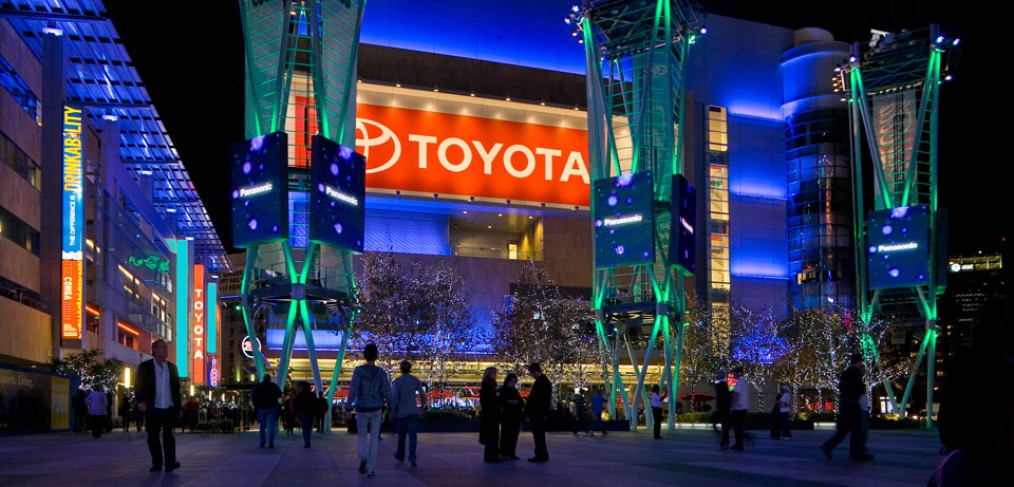
Keeping Retail Relevant
As we catch our collective breath after a busy season of shopping and gifting, we pause to consider what the coming years will bring as a new era of retail takes shape and developers respond to an altered reality. What are those major considerations?
America is chronically over-retailed.
A conservative estimate of amount of retail per capita places the American market at twice the density of most developed countries, with Canada trailing closely behind at two-thirds the density. As new retail trends aim to increase the efficiency of the shopping experience, especially for online retailers, brick-and-mortar developers will have to consider repositioning existing centers and incorporating a mix of uses or face increasingly intense competition.
Growth in internet sales outpaces that of traditional retail centers.
In 2005, the total amount of online retail sales was 2.4% of the overall market. In 2014, that percentage eclipsed 7%. Internet sales are especially concentrated in markets where products are easily exchanged, including home and garden supplies (7.13%), office supplies (13.7%), pet supplies (10%), children’s toys and games (12.44%), shoes and accessories (11.3%), and books, music and media (12.84%). While the majority of purchases still take place in physical stores, online shopping is even more popular among the younger demographic—a concerning trend for brick and mortar retailers seeking ways to maintain footfall and sales in years to come.
New mixed use formats create additional revenue opportunities and spur increased sales.
Incorporating other uses into developments not only creates opportunities for additional revenue stream, but creates a new lifestyle center where there was once only retail. For example, Villa Marina Marketplace in Marina Del Ray, CA underwent a transformation from a traditional retail center to a vertical, two-story retail center with adjacent hotel accommodations and residential units. The net effect is increased footfall throughout the day and evening rather than at peak times. Daytime workers take advantage of the proximity of shops and adjoining dining offerings on their way into and out of the office, regional visitors and tourists partake in dining and entertainment and residents access all of the above, in addition to grocery stores and other convenience services.
Retail at the heart of a mixed-use development also outperforms isolated or single-use shopping centers. Of the top 50 retail districts our team studied, virtually all had three or more types of uses beyond retail, and roughly half had a mix evenly distributed between office, residential and retail (see page 28-29 of Urban Rx).
Retail developments can build goodwill and social connection as event venues.
Of the top centers studied, over half had at least 100 events programmed per year and all had some type of monthly event programming. Event participants foster a social connection with the place itself, which is important in building customer loyalty and goodwill within the community. The minimum threshold for success stands at approximately 100 monthly social media check-ins per 1.0 FAR and 100 programmed events (see page 49 of Urban Rx). For more details on promoting and measuring social connection in cities, visit a previous post here.
Retail takes a cue from hospitality to offer a better consumer experience.
Need a bike? No problem. Translation Services? Check. In order to compete, retailers at the top of the market are offering concierge services to shoppers and residents—and becoming more like hotels in the process. The Grove in Los Angeles, CA has implemented this strategy successfully, offering everything from personal shopping and restaurant reservations to package check and tourism assistance. The proof is in the numbers: The Grove commands rental rates among the highest price per square foot industrywide.
Blurring the line between work and play boosts the bottom line.
Of the top districts studied, nearly 75% are bringing in office rent higher than the county average, and 100% are within five miles of a major university. There is significant value in creating complementary amenities and attractions that encourage people to stay in the area once the work or school day is done. The Downtown Container Park in Las Vegas, NV supports Zappos headquarters and other tech companies in the area by offering small, ground floor incubator space for retailers with office space above. Amenities include a playground and performance space, bike rental, storage, a market and nearby affordable housing.
America may be over-retailed, but sports arenas are expanding.
Mixed-use environments are increasingly clustering around sports venues as an anchor. Increased demand for retail, food and beverage, and convenience services that support office, hotel and residential uses is common. The success of L.A. Live in Los Angeles, CA has spurred significant interest from developers, and two other projects are underway—Cityplace Santa Clara, adjacent to the new Levis Stadium, home of the San Francisco 49ers, and Orlando Sports and Entertainment District, adjacent to Amway Center, home of the Orlando Magic. Both developments will include lifestyle and community oriented retail located along pedestrian-friendly streets, a major event venue and linkages to public transit, as well as nearby open spaces and trails.
In an era of immense change, retail centers have to be creative to remain relevant. Whether it is playing host to a farmers market or community event or serving an expanded demographic by sitting development next to a sports and entertainment district, retailers must think about creating a more holistic experience for consumers. While mixed use is the key, linkages to transit, existing local amenities and public spaces are equally important. Progressive retail developments are also incorporating services that leverage the power of the digital: product customization, expedited package pickup, and free Wi-Fi, for example. As these trends and more evolve, the future of the retail landscape depends our ability to respond in smarter and sustainable ways.
